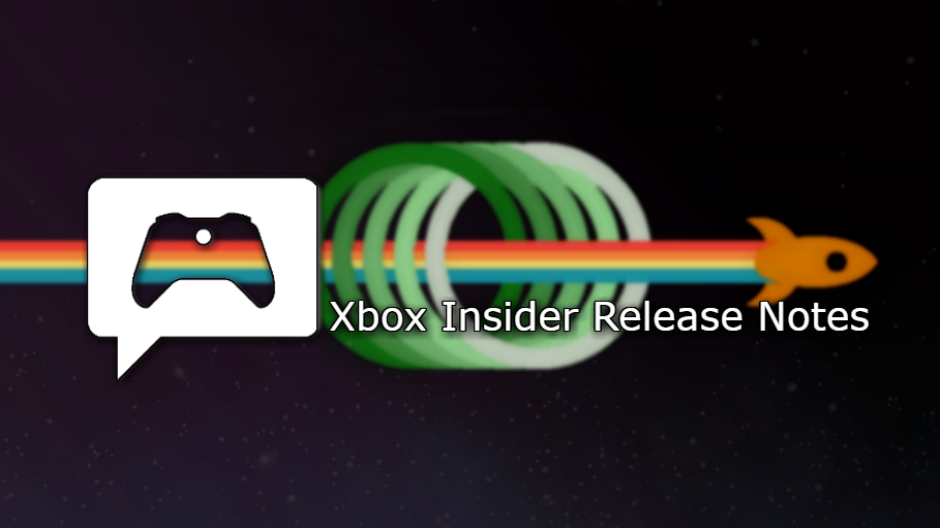Astronauts have been taking cameras into space Soviet cosmonaut Gherman Titov orbited the Earth aboard the Vostok 2 in 1961. Since then, astronauts have used cameras to capture some of the most iconic photos of space exploration and created important memories for countless people back on terra firma.
As Scott Manley points out in his new video, How Astronauts Captured Iconic Space Photos – A History of Cameras in Space, although cameras are often modified for space flight, not every camera has been special. In fact, John Glenn bought a standard Ansco Autoset camera on his own, likely to avoid delays if he had gone through the standard government acquisitions process. NASA engineers modified the camera to make it easier to use while in space, including the addition of a pistol grip and an additional viewfinder that could be used with the suit helmet closed. You can learn more about Glenn’s Ansco Autoset in this article from the Smithsonian National Air and Space Museum. A second camera on board Glenn’s first orbital flight was a special Leica camera which had been modified to capture wide-spectrum images of stars.
Walter Schirra, pictured above second from the left, took a Hasselblad 500C camera aboard the Mercury Sigma-7 spacecraft. Schirra was a photography enthusiast himself and had asked professional photographers who had been following the space program for advice. On their advice, Schirra purchased the medium format Hasselblad and after it was modified for improved usability and performance, he used it to capture images during six orbits of Earth. The resulting images were very detailed and as Manley says in the video below, established a new standard for images captured in space.
Schirra’s Hasselblad camera was later used in the final Mercury mission by Gordon Cooper and was eventually sold at auction for $275,000 USD. If you would like to own a working replica of this same Hasselblad, Cole Rise makes replicas of space cameras, including the Hasselblad 500C. You can learn more about Rise’s cameras at Space Camera Co.
Thanks in large part to Schirra’s photography in space, Hasselblad cameras became important cargo aboard subsequent space exploration missions as part of the Gemini and Apollo missions. Hasselblad cameras were used outside of spacecraft as well, capturing many iconic images. One of these iconic images was of Edward White during his spacewalk in 1965. By this point, Hasselblad had begun working directly with NASA to develop cameras for space and had outfitted NASA with a custom-built Hasselblad 500EL data camera, complete with a silver finish for thermal control, special low-distortion lens and Reseau plate.
 |
| This custom-build Hasselblad data camera was used on Apollo 8, 9, 10 and 11 missions. Image credit: Hasselblad |
Hasselblad has an informative website dedicated to its history in space, it is well worth checking out.
Near the end of the Apollo program, Nikon began working work NASA to outfit astronauts with customized 35mm SLR cameras. Nikon cameras are still used in space to this day. Some of the modifications made to make Nikon cameras suitable for space include different soldering standards, vacuum-safe lubricants and a more robust metal construction. You can learn more about Nikon’s history, including the use of its cameras in space, by clicking here. Manley also references Timm Chapman, a photographer who owns many Nikon space cameras. Chapman has written extensively about Nikon’s space cameras, including fascinating details on how they were modified.
To learn more about a history of cameras in space, including the beginning of the digital age in space, watch Scott Manley’s full video above. To see additional videos from Manley, head to his YouTube channel.













